Zac Schultz:
Governor Walker’s plan would change Badgercare so only people at or below the poverty level would be eligible. That would knock 87,000 people who are above the poverty level off of Badgercare. But his plan would lift the cap on the waiting list, meaning 82,000 adults who earn less than the poverty level would now get coverage. The people who are dropped from Badgercare would need to enter the new federal health care exchange to buy their insurance. All told, the administration estimates about 225,000 of the uninsured in Wisconsin will now find health insurance, with most of that coming as they find a plan through the federal health care exchange. Joining us now to help explain why the governor thinks this is the best route is Dennis Smith, the secretary of the Department of Health Services. Secretary, thanks for joining us.
Dennis Smith:
My pleasure. Thank you.
Zac Schultz:
The federal government had promised to pay fully for the first three years of this Medicaid expansion, and then reduce their support down to about 90% over time after that. But Governor Walker has repeatedly expressed concern about whether that money would actually be there. Is there real concern that the government may not pay, they may not give the money to the states?
Dennis Smith:
Well, federal dollars also come with strings attached. There’s always something in the fine print that you have been to be looking at. I think the governor is looking at true Medicaid reform, true entitlement reform. And the decision, again, in part, is experience, that in this current budget we have seen the federal match rate go down by about $250 million. There’s plenty of talk in Washington about the concerns dealing with the federal deficit and what may happen in Medicaid, so the governor deserves credit for taking control of Wisconsin’s destiny and saying, this is what we are going to do. He’s committing state dollars for people who are below the poverty level, because it’s the right thing to do to get these individuals insured. Medicaid is for people in poverty. And he’s– it’s getting lost that he’s willing to commit those state dollars, as he did in the last biennium.
Zac Schultz:
Well, the end result of the governor's plan is 5,000 fewer people on Badgercare, but that won’t save the state any money. Like you talked about, you have to commit an extra $650 million over the next biennium. Now, Democrats are pointing to a fiscal bureau study, a non-partisan legislative fiscal bureau study, that says that if you’d taken the full expansion, it would actually save the state money. Why don’t you agree with the fiscal bureau’s numbers?
Dennis Smith:
Well, the fiscal bureau basically just picked a number, picked two different numbers, and then calculated what it would be. We looked at two other things that are as important, if not more important, which is, first, the total economic impact on the state of Wisconsin. What I mean by that is, if you are a hospital or a doctor, if you are a health care provider and you’re looking at this Medicaid rate of reimbursement, or you’re looking at a commercial rate of reimbursement, which they would receive in the exchange, which one would you rather have? Overwhelmingly, of course, they want the commercial. So first of all, the economic impact on Wisconsin will be greater to have people in the exchange than on Medicaid, simply in the differential between the rates. The second part of that as well, the governor is looking to the future, where that federal match rate– we know that it is going down. We know that we are already experiencing hidden costs from the Patient Protection Affordable Care Act. Temporary increases for primary care physicians, for example. Certain codes that are good. They’re only good for two years. There are many hidden costs within that law that the state needs to be very wary of.
Zac Schultz:
Now, some critics of the governor’s proposal from even a national level are saying that the exchanges were never designed for people just above the poverty level, that even if they get some premium help from the government to buy a private plan, that they may not be able to afford the co-pays, the deductibles, that typically come with a plan that you get through the private market.
Dennis Smith:
Well, again, this is the way the packet was designed, subsidies, both in premiums and cost-sharings starting at 100% of the poverty level. That is the law. People are, again, I think overlooking the experience we already have in Wisconsin. For the lowest income person at 100% of poverty, their premiums could be $19 a month. Okay? Less than a dollar a day is what their premium is going to be. If they do have cost-sharing on top of that, for a deductible or copayment, there are also additional federal subsidies for people between 100% and 200% of the federal poverty level that they get help with those premiums. Last week the Department of Health and Human Services put out a new video saying there will be premiums that cost nothing available on the exchange. That is coming from HHS itself. Moreover, since July 1 of last year, we have– we have been applying premiums to people above 133% of the federal poverty level. From August through December of– which is our latest data, the percentage of people between 133% and 150% of poverty, between 89% and 91% of those individuals in fact are paying those premiums. They’re already making the decision that they see the value in the health care and they are willing to pay for it.
Zac Schultz:
We are out of time, but I’m sure we’ll be following up again. Secretary Smith, thank you for your time of day.
Dennis Smith:
Thank you.
Search Episodes
News Stories from PBS Wisconsin

Donate to sign up. Activate and sign in to Passport. It's that easy to help PBS Wisconsin serve your community through media that educates, inspires, and entertains.
Make your membership gift today
Only for new users: Activate Passport using your code or email address
Already a member?
Look up my account
Need some help? Go to FAQ or visit PBS Passport Help
Need help accessing PBS Wisconsin anywhere?

Online Access | Platform & Device Access | Cable or Satellite Access | Over-The-Air Access
Visit Access Guide
Need help accessing PBS Wisconsin anywhere?

Visit Our
Live TV Access Guide
Online AccessPlatform & Device Access
Cable or Satellite Access
Over-The-Air Access
Visit Access Guide
 Passport
Passport





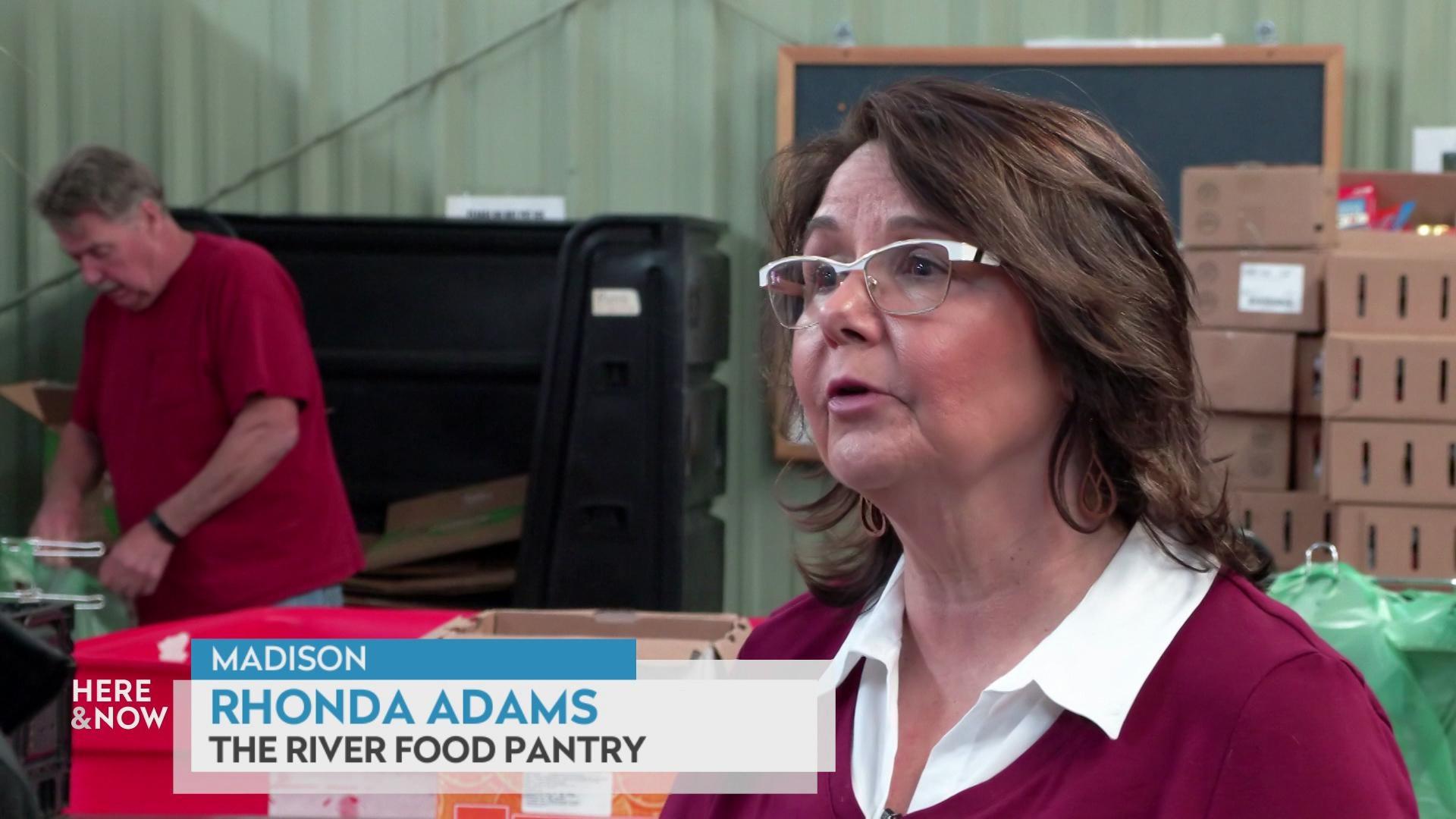

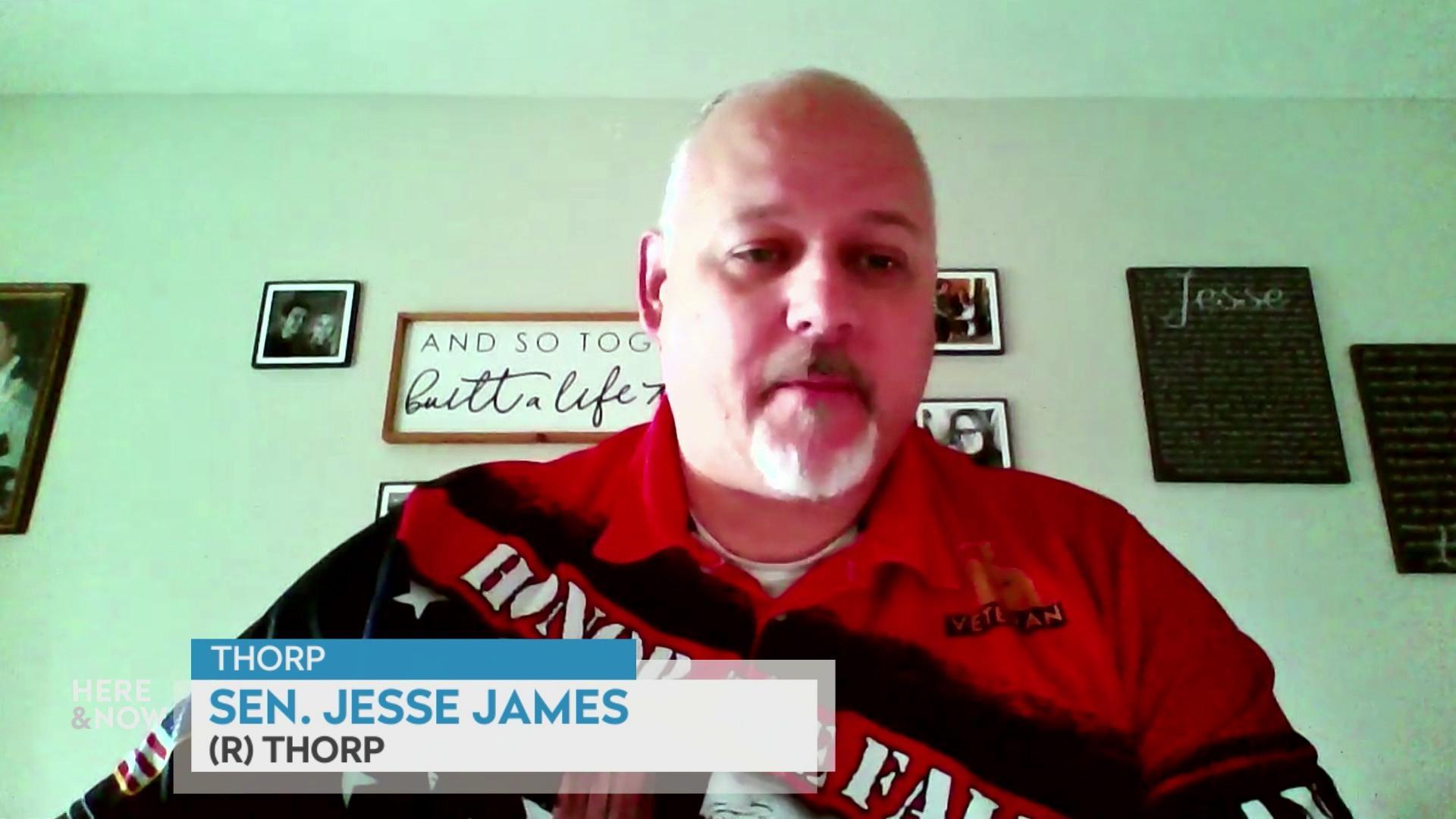
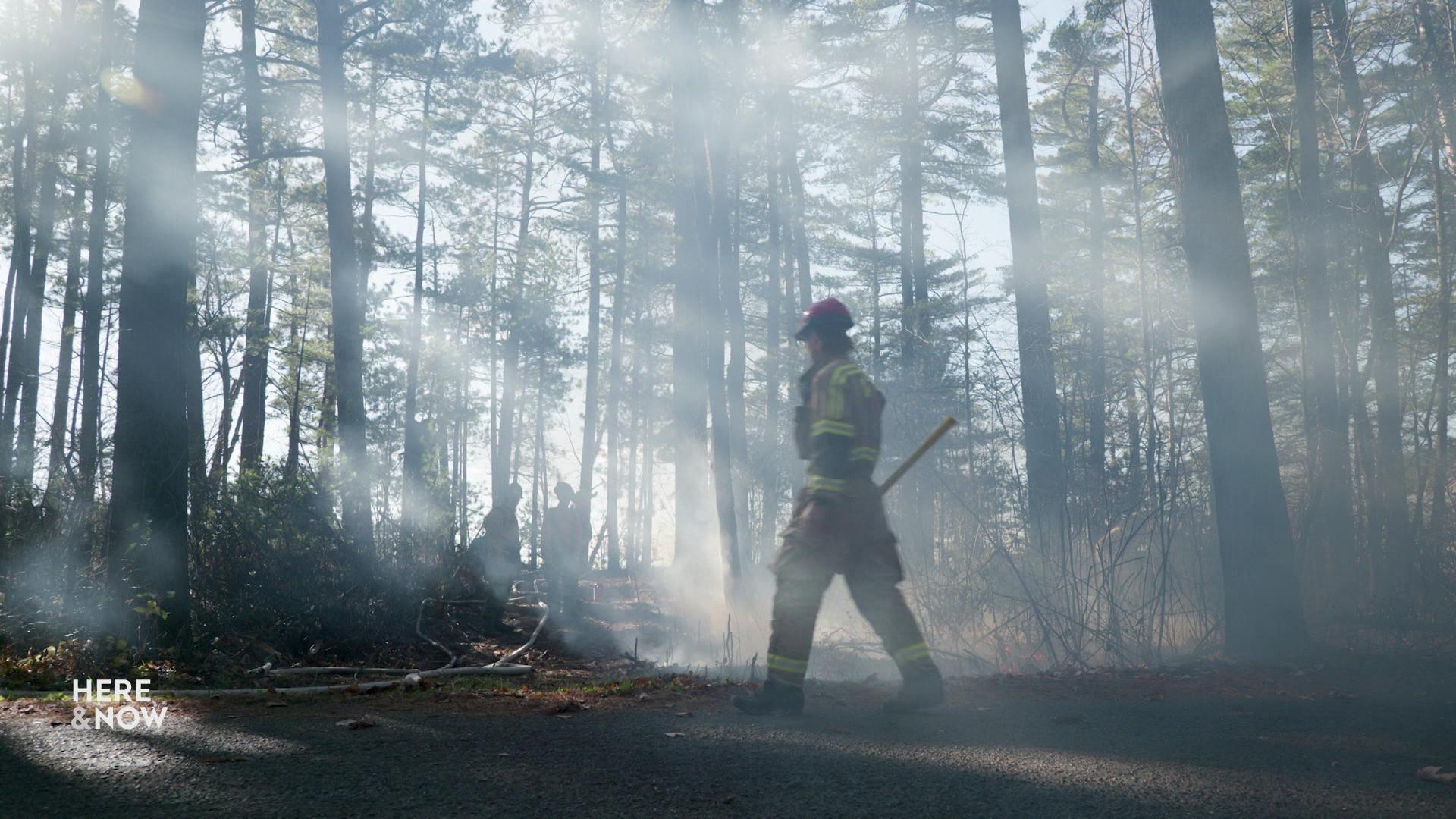
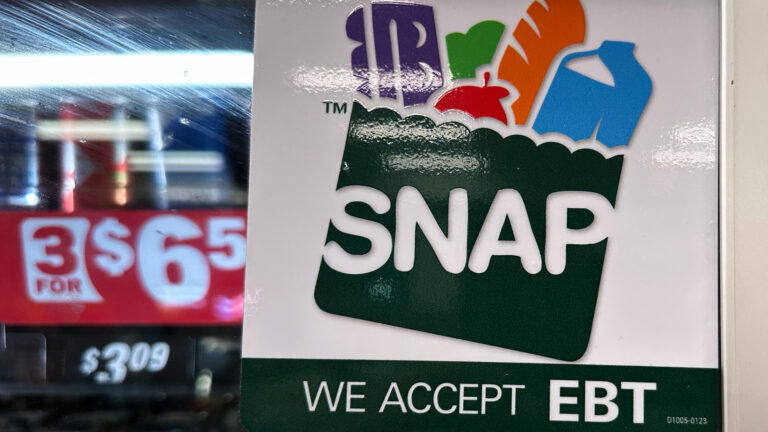

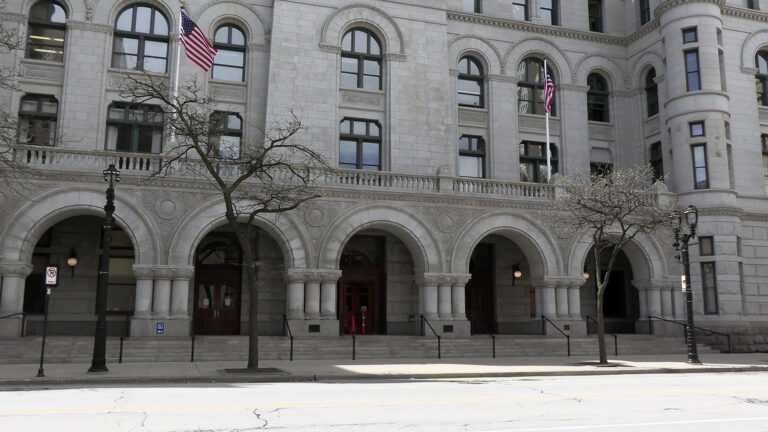
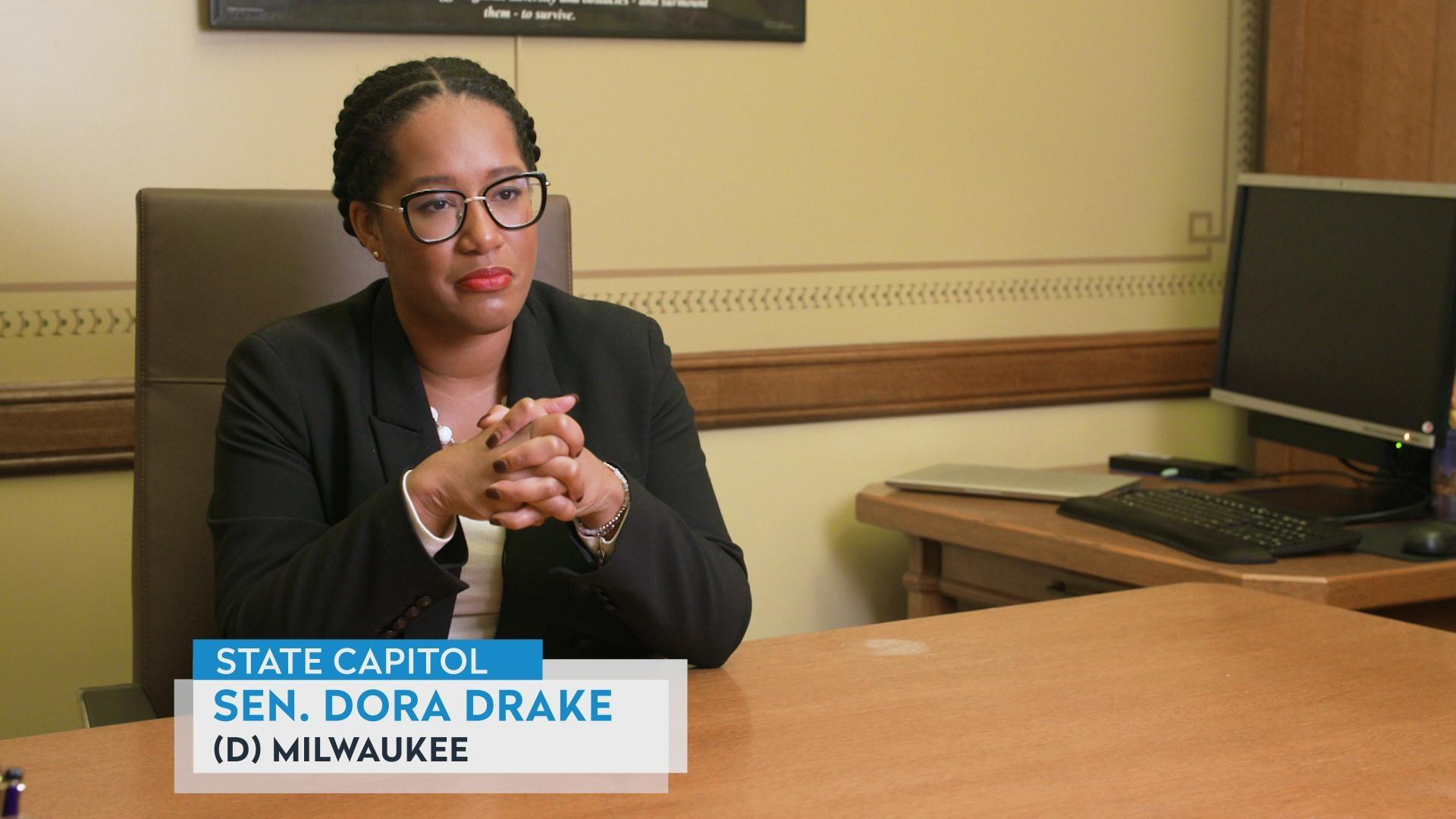
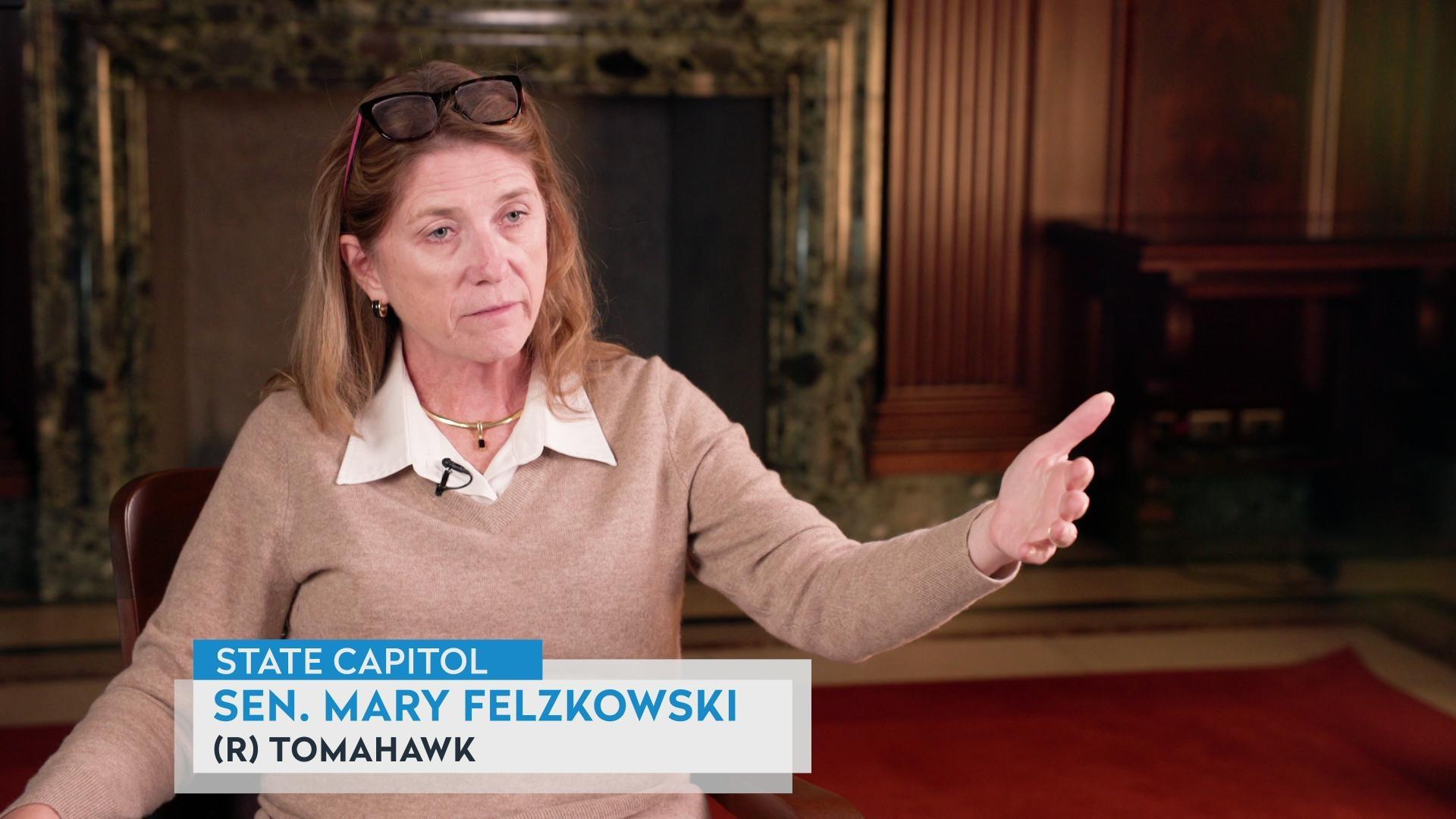
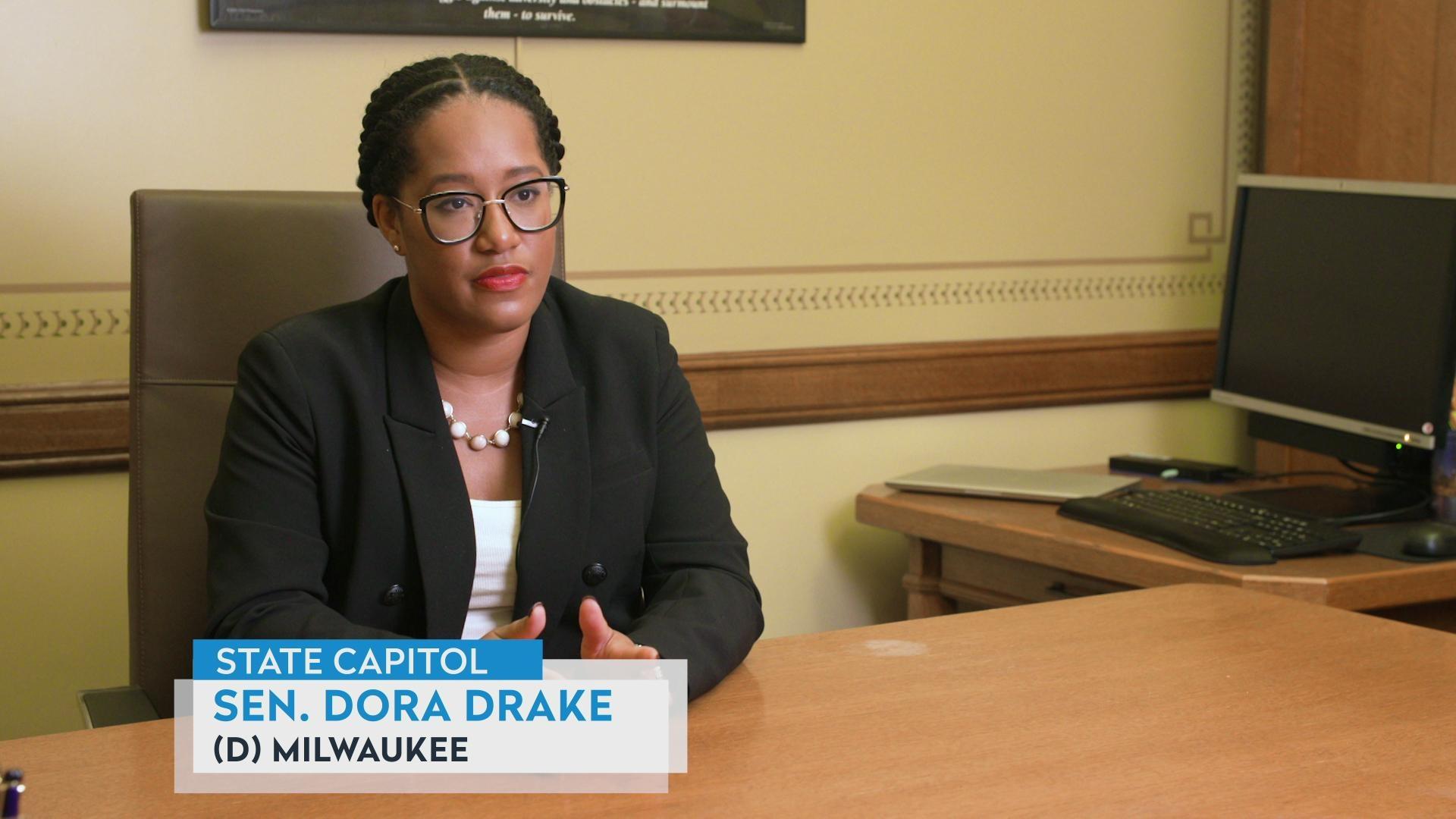

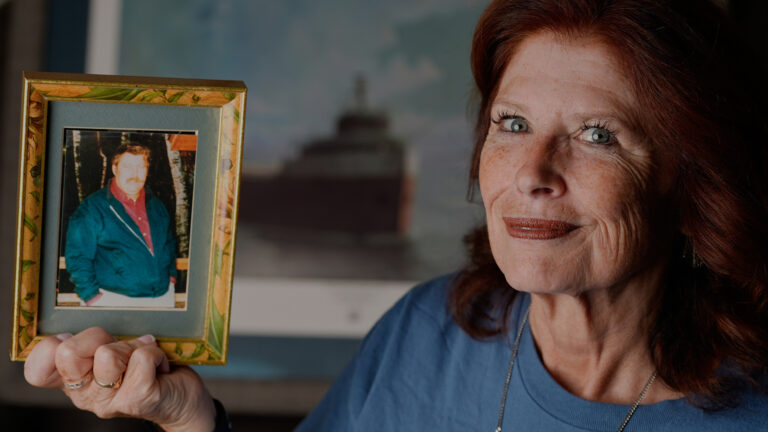

Follow Us